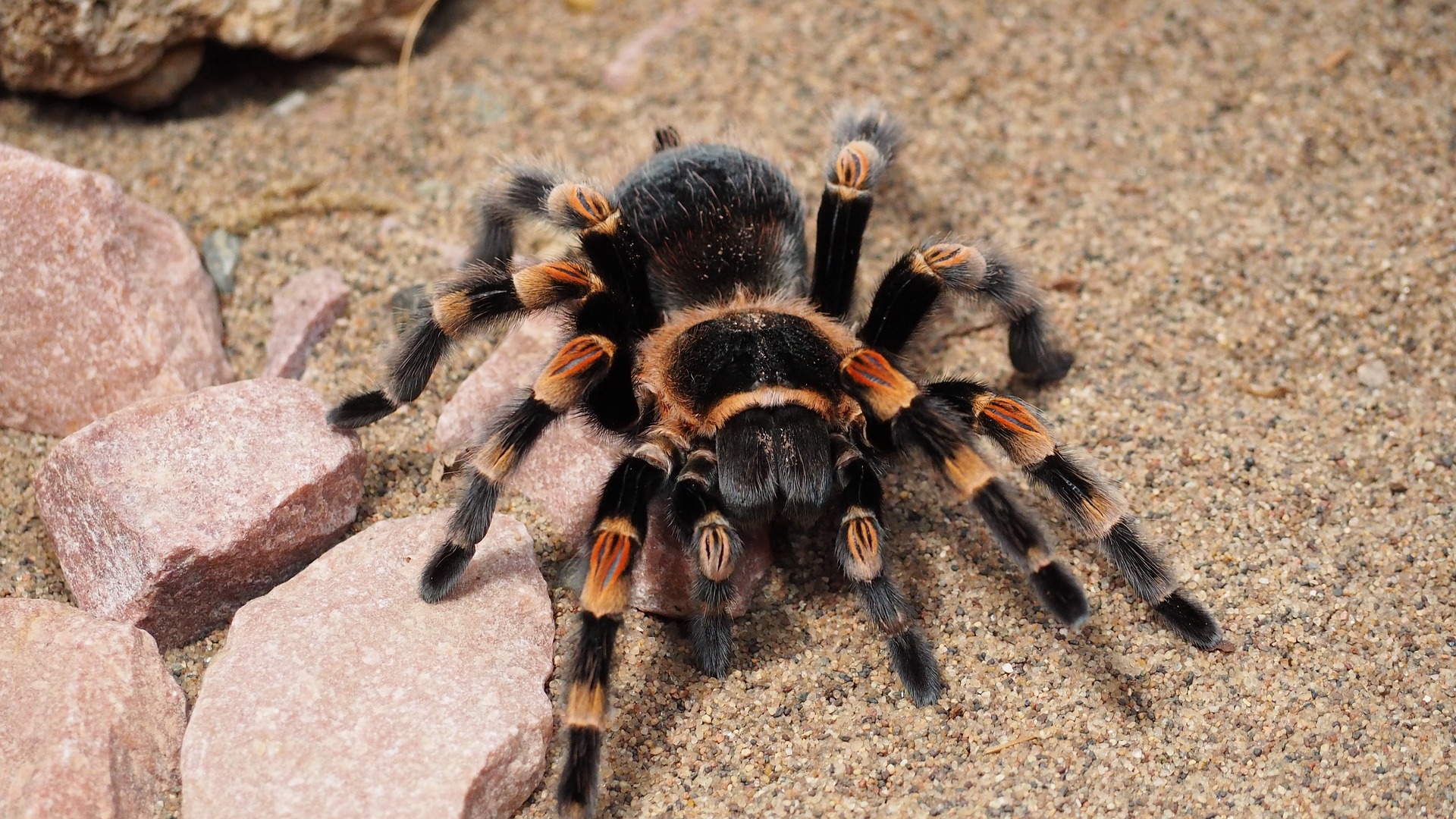New Mexico, nestled in the southwestern United States, entices visitors with its diverse landscapes, from captivating national parks to unique flora and fauna. Sharing borders with Arizona, Colorado, Utah, and Texas, the state is affectionately known as the Sunshine State, the Land of Enchantment, or the Cactus State. As you explore, the arid and semi-arid climates reveal a habitat that fosters species exclusive to this environment. Notably, New Mexico is home to a fascinating array of spiders, weaving their intricate stories into the fabric of this captivating region. Whether you’re an arachnid enthusiast or a casual observer, encountering these spiders in New Mexico adds a unique and enthralling dimension to your journey.
Table of Contents
Cellar Spider
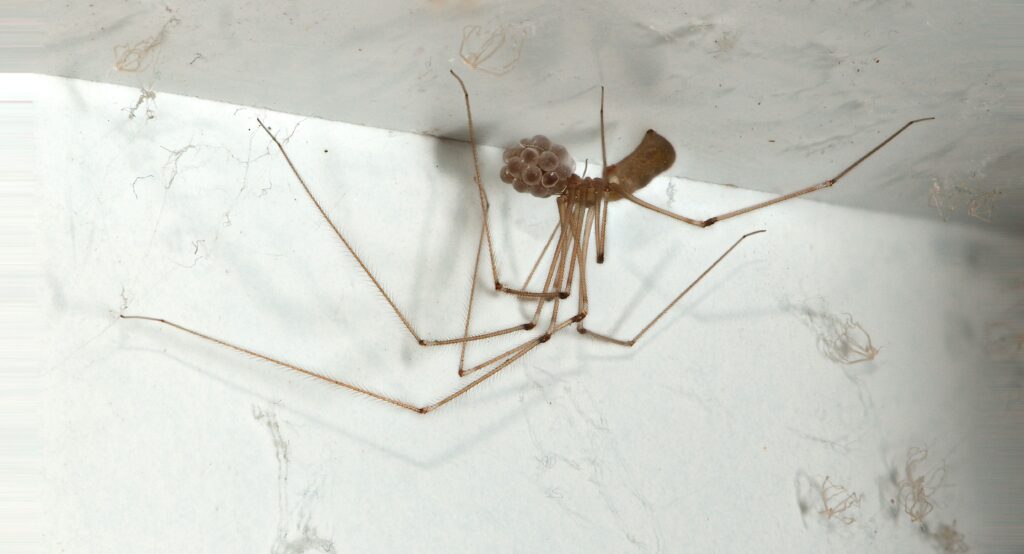
In different areas of New Mexico, cellar spiders, with a size of up to 12.70 millimeters, are a common arachnid to encounter. Resembling a peanut in shape, these delicate spiders thrive in various habitats, including residential areas and homes. Although not dangerous due to their small size, they exhibit a unique behavior of vibrating rapidly when disturbed or when capturing prey in their webs.
Southern House Spider

The southern house spider, often confused with brown recluses, is a prevalent species in the region. Growing up to 50 millimeters, these spiders, exhibiting dimorphism between males and females, can be found in various colors like brown, tan, and dark grey. Building radial webs for prey capture, they are non-aggressive, posing no threat of biting.
Giant Crab Spider
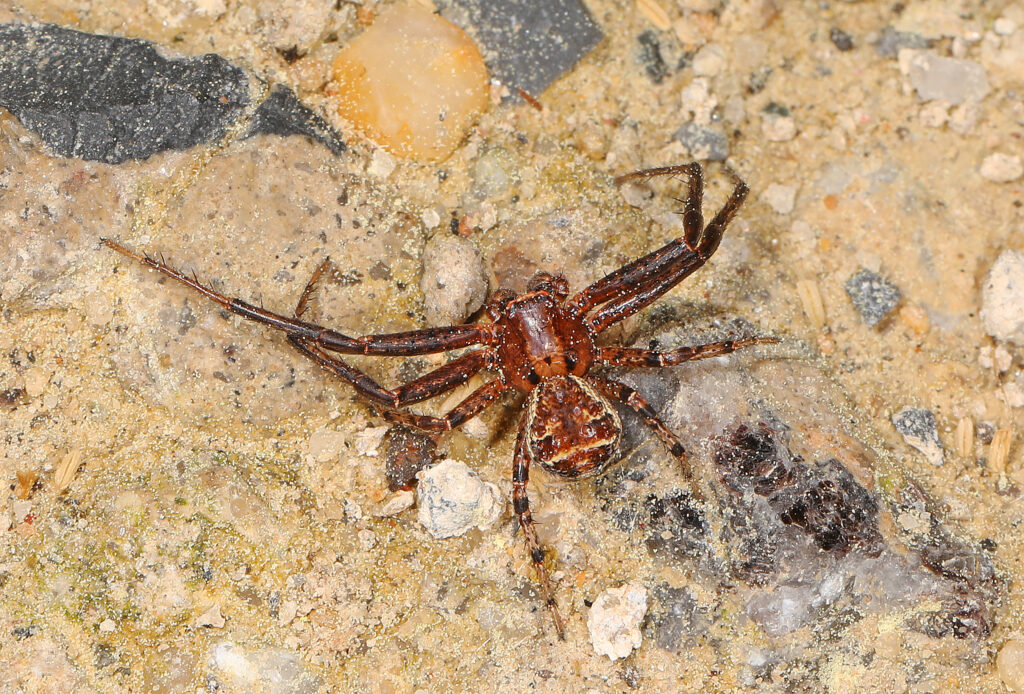
The giant crab spider, also known as the cane spider, is a unique and large species in New Mexico, growing up to 20 millimeters. With long curved legs enabling movement in various directions, these spiders are found throughout the southern United States and Mexico. While actively hunting spiders and insects, they carry bacteria that can cause infections, leading to symptoms like swelling, headache, nausea, and muscle pains.
Tucson Bronze Tarantula
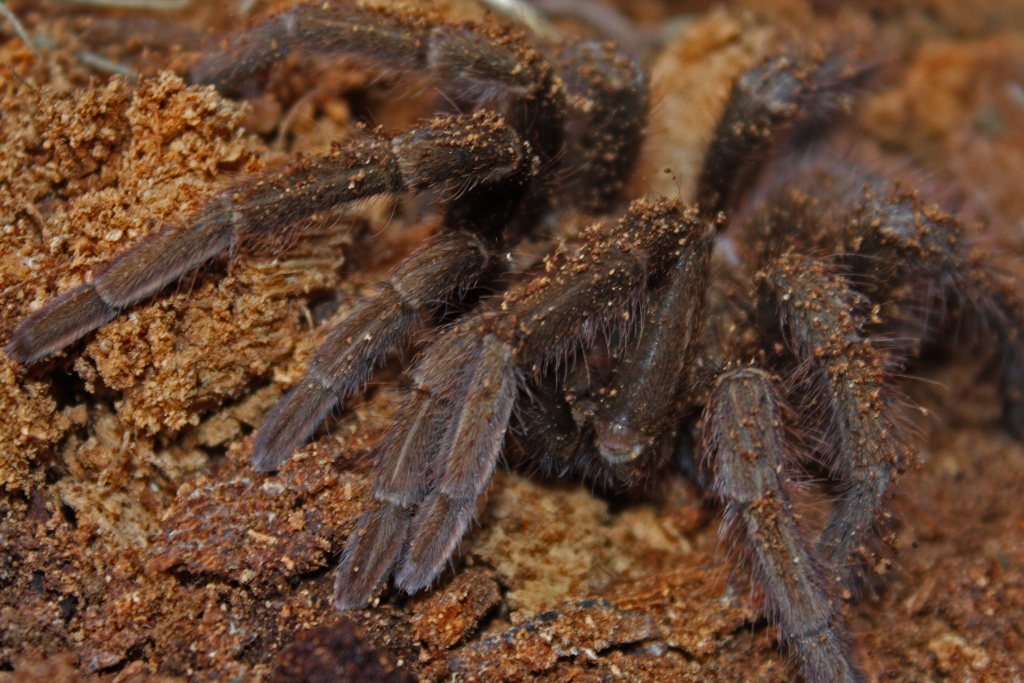
The Tucson bronze tarantula, the largest spider in New Mexico, thrives in shrubland areas and deserts, growing up to 5 inches long. Exhibiting excellent hunting skills, these tarantulas do not use webs to capture prey and are more active at night. Found in various parts of the United States, they are characterized by light brown and bronze colors.
Golden Silk Orb Weaver
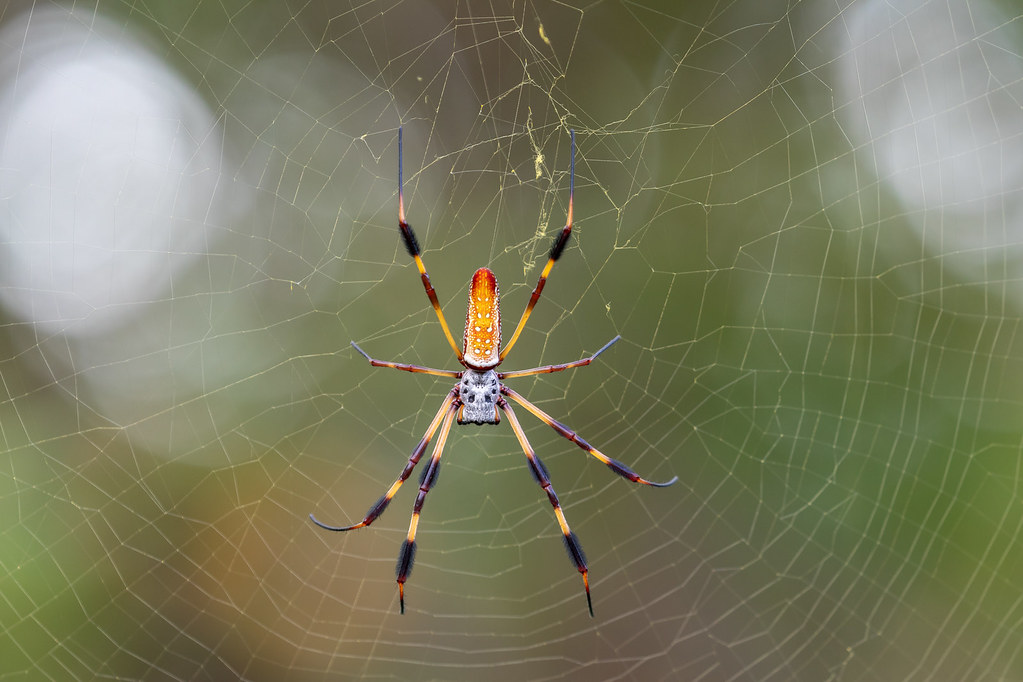
The golden silk orb weaver, also known as the banana spider, is a unique species found in different parts of New Mexico. With adult females growing up to 40 millimeters, they construct large webs for prey capture. These spiders, with silver-white cephalothorax and rows of white dots, pose little threat to humans due to their small size and produce multiple types of silk.
Geolycosa Missouriensis
The Missouri burrowing spider, prevalent throughout various parts of New Mexico, is a common sight with adult females growing up to 22 millimeters. Found across the western and central United States and parts of Canada, these spiders, in hues of yellow, tan, grey, brown, and orange, burrow under soil for protection and prey ambush. Using vibrations to sense and catch insects, their behavior is intriguing and adds to the diversity of New Mexico’s arachnid inhabitants.
Chiricahuan Grey Tarantula
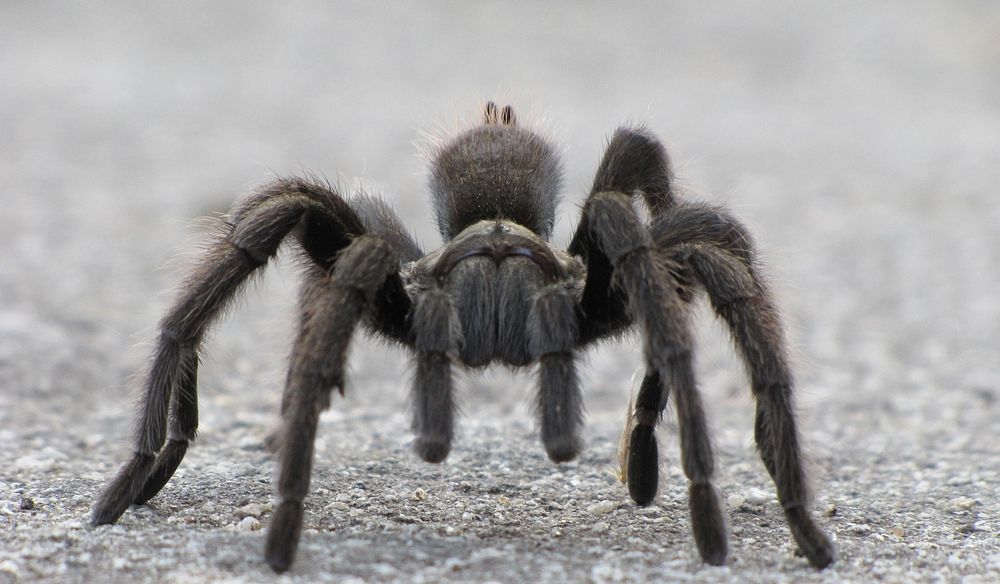
Originating from the south, the Chiricahuan grey tarantula is widespread in New Mexico, growing up to 6 inches, with females larger than males. Thriving in arid soils, they burrow during the day, emerging at night to hunt without utilizing webs. Sporting colors like grey, black, and brown, these tarantulas add a nocturnal charm to the state’s arachnid population.
Brown Widow Spiders
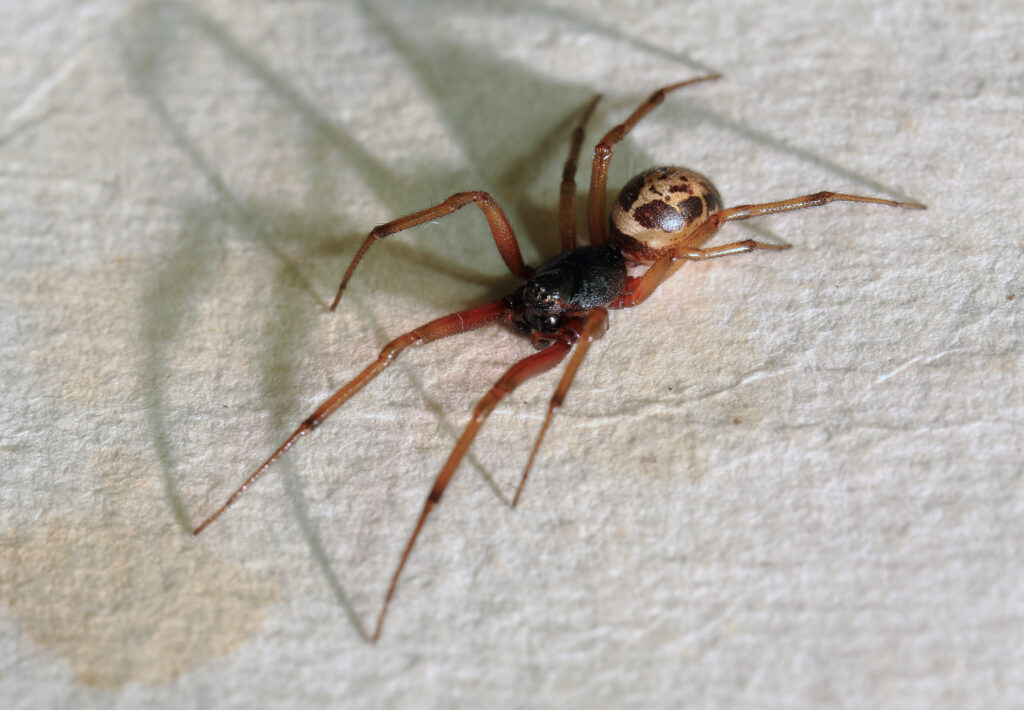
The brown widow, known for its potent venom, poses a serious threat in the region. Found throughout New Mexico, these spiders, with females reaching 10 millimeters, are identifiable by brown, tan, and black colors and distinctive markings on their abdomen. While their venom is not as dangerous as the black widow’s, bites can lead to redness, swelling, muscle pain, and difficulty breathing, underscoring the importance of cautious encounters.
Desert Red Jumping Spider
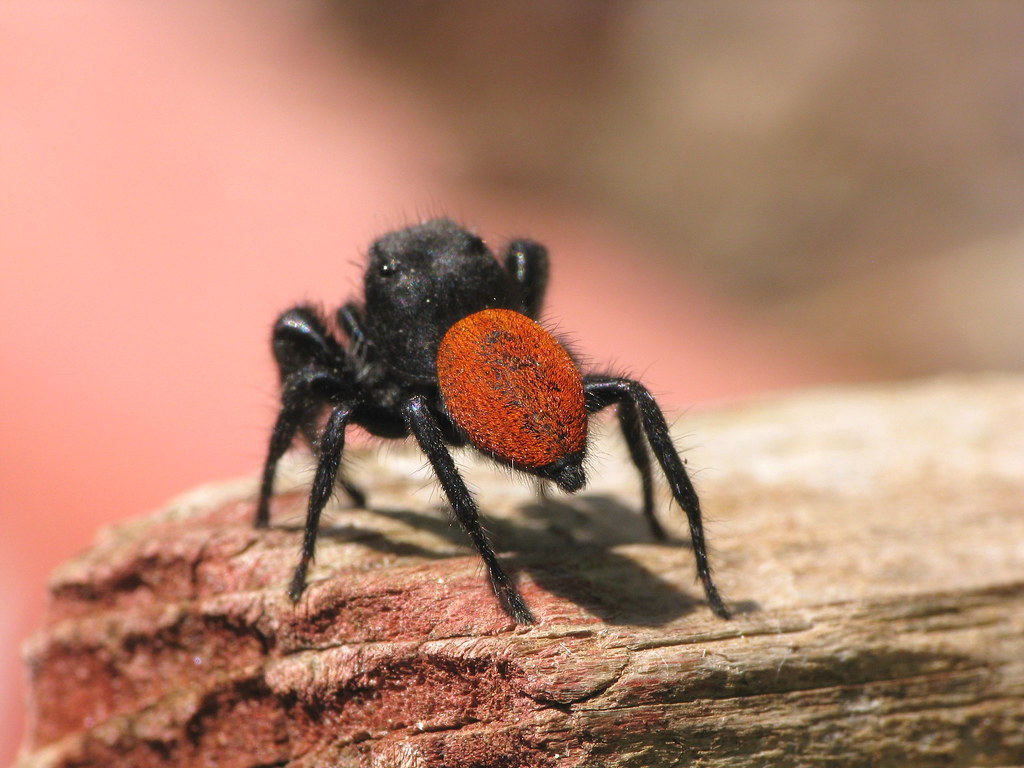
In the desert regions of New Mexico, the desert red jumping spider, part of the jumping spider family, is a notable species. Resembling the red-backed jumping spider, females grow up to 18 millimeters. Their grey or black legs and cephalothorax contrast with a reddish-orange abdomen, often featuring a black median line. Despite their exceptional hunting techniques, these spiders pose minimal threats to humans.
Texas Orb Weaver
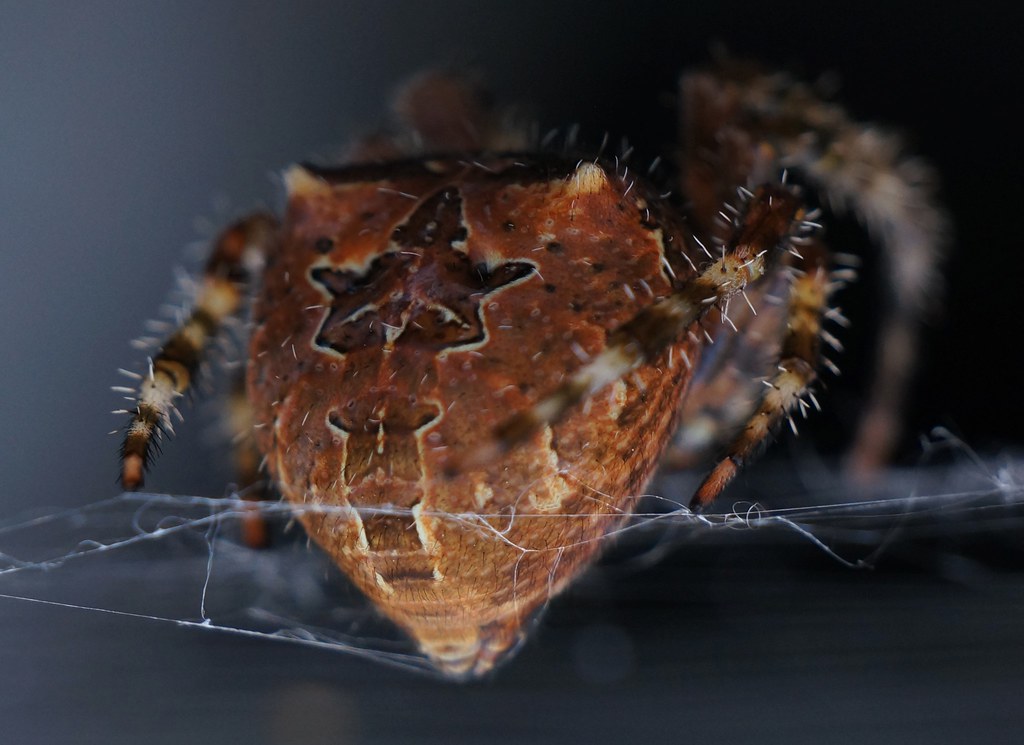
Thriving in different parts of New Mexico, the Texas orb weaver spider stands out as a large, hairy arachnid. Common in the southwestern United States, with females growing up to 25 millimeters, they construct large radial webs for prey capture. Identified by their black bodies with tiny off-white or pinkish hairs and triangular patches on their abdomen, these spiders contribute to the diverse spider population of the region.
Western Parson Spider
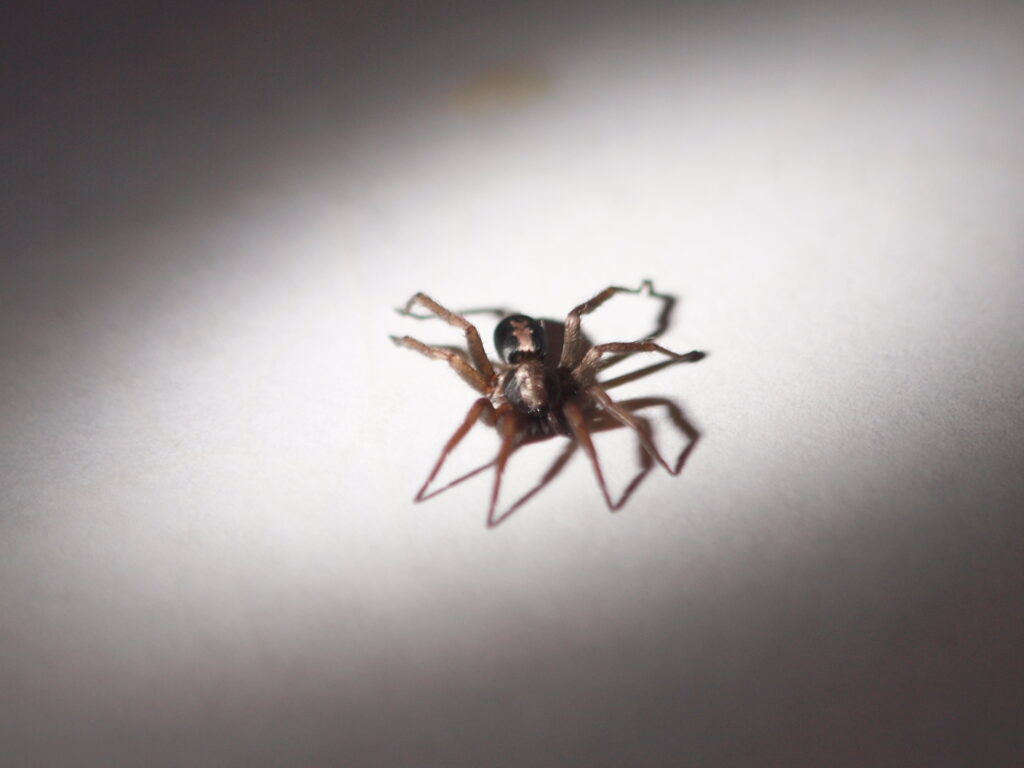
The western parson spider, found across the western United States, Mexico, and Canada, is a notable species in New Mexico. With adult females reaching 20 millimeters, larger than their male counterparts, these spiders boast dark grey and black bodies with distinctive white markings on their abdomen. Named for their resemblance to 18th-century cravats, these agile hunters use precision and mobility rather than webs to capture prey, posing minimal danger to humans.
_______________
Check out the other states with lots of spiders:

